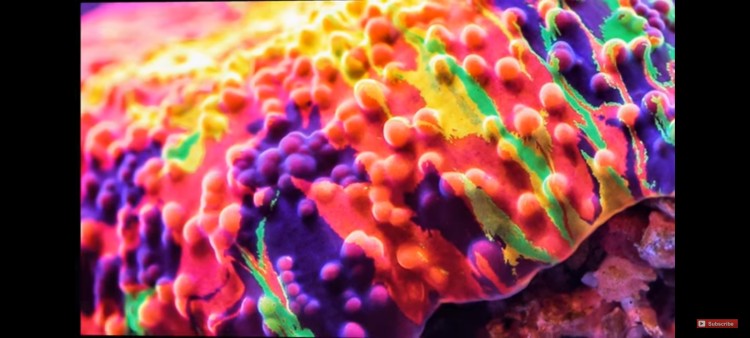Are Hands, Coral Toxins, 2 Part, Air, & Salt Mix Polluting Reef Tanks?
- May 05, 2024
- Anshika Mishra
- 117 0 0

Food and taps are the two biggest sources of pollutants in the reef aquarium. In this article, we are taking the same approach as all the other material pollutive sources in the tank. We start with the problems those pollutants pose for reefers, the solution for 80% of us, and what to do if you are in the minority where an alternative solution is necessary.
Pollutants in the Tank
Today's pollutant problems are multifaceted, most of them accumulative, and effects show up over time. misdiagnosed 90% of the time; first one:
Organic Toxins
Corals, Algae, Dinoflagellates, Diatoms, Cyano, etc., in the tank, produce biochemicals or toxins, which are then released into the environment to inhibit the growth or survival of other nearby organisms that maintain territory.
In the ocean, these toxins rapidly dilute, often with the inches of leaving the coral. But the closed system, like a reef tank, just builds up and stresses out everything inside. Sometimes, making them more susceptible to other issues that can also endup causing direct mortalities.
Chemical
Most of us dose chemicals that are marketed as beneficial to the tank, but only when formulated and used correctly. If they are overused or poorly designed, the beneficial elements that support or enhance biology become pollutants.
Gas Toxins
Third, they are aerosolized or gas toxins in the air surrounding the tank that most of us never stop to consider, but they get mixed in as the surface of the water tumbles or protein skimmers whisk the room's air and your tank water together.
Hands
Fourth, whatever is in your hand gets mixed in as well - lotion, hand soaps, laundry soaps, oils, fragrances, petroleum products, disinfectants, garden sprays, basically anything that you might have touched today.
Gears
Fifth, all the gear in our tank is made of plastics or metals that can release contaminants into the tank over time. This happens most commonly when the gear gets damaged, malfunctions or the seals fail. The result is catastrophic but also completely avoidable in the vast majority of cases.
Solutions
All of this sounds heavy, but the solution is light on the practices most of us are already doing. For 80% of us, the solution is selecting a clean additive system that addresses these issues.
- Clean your pumps and gears bi-annually
- Do your 35% monthly, 10% weekly, or 1.5% daily water changes
- Use carbon or ozone
These proactive solutions are done deliberately with the purpose of solving all these changes. The real value of this article is understanding why the good practices that you are already doing are why you are successful. Don't stop doing them, or there are inevitable outcomes.
Follow good practices, especially if you are part of the 20% that falls outside the general counsel and need to apply a full understanding of these topics to complex situations.







About author